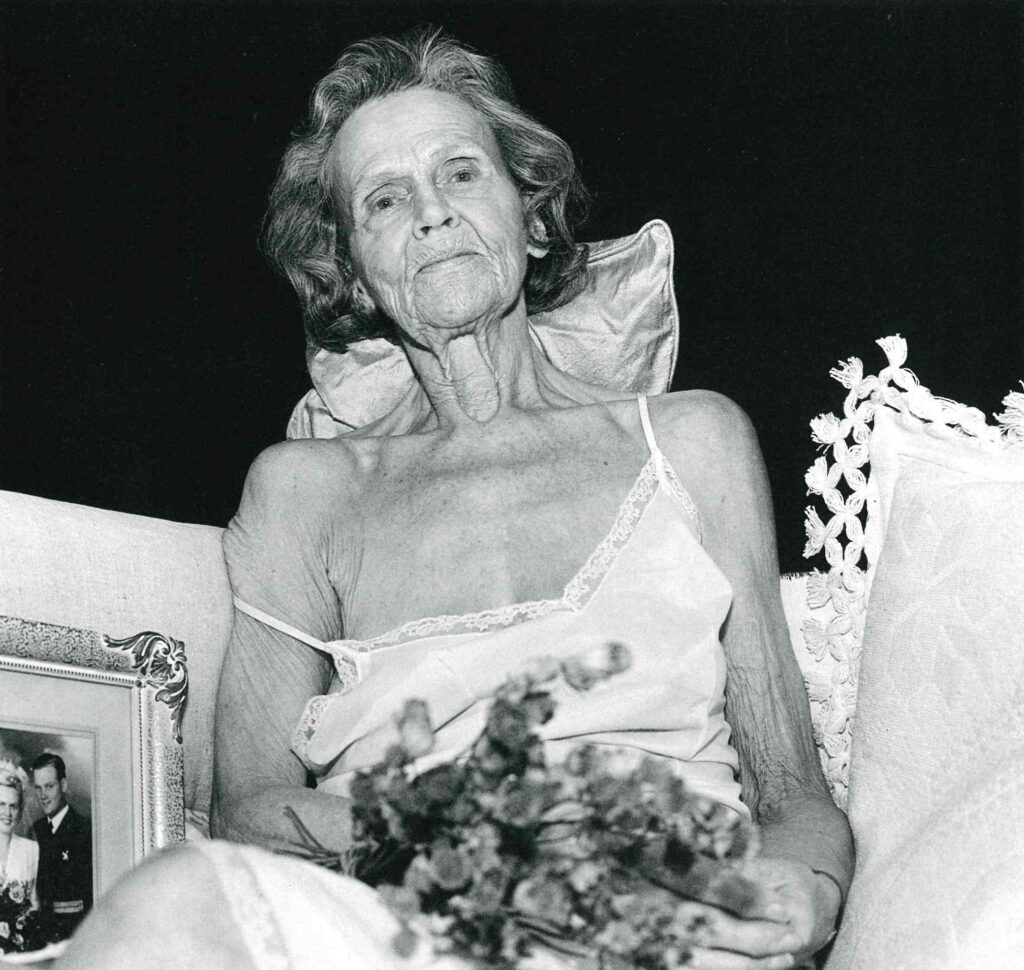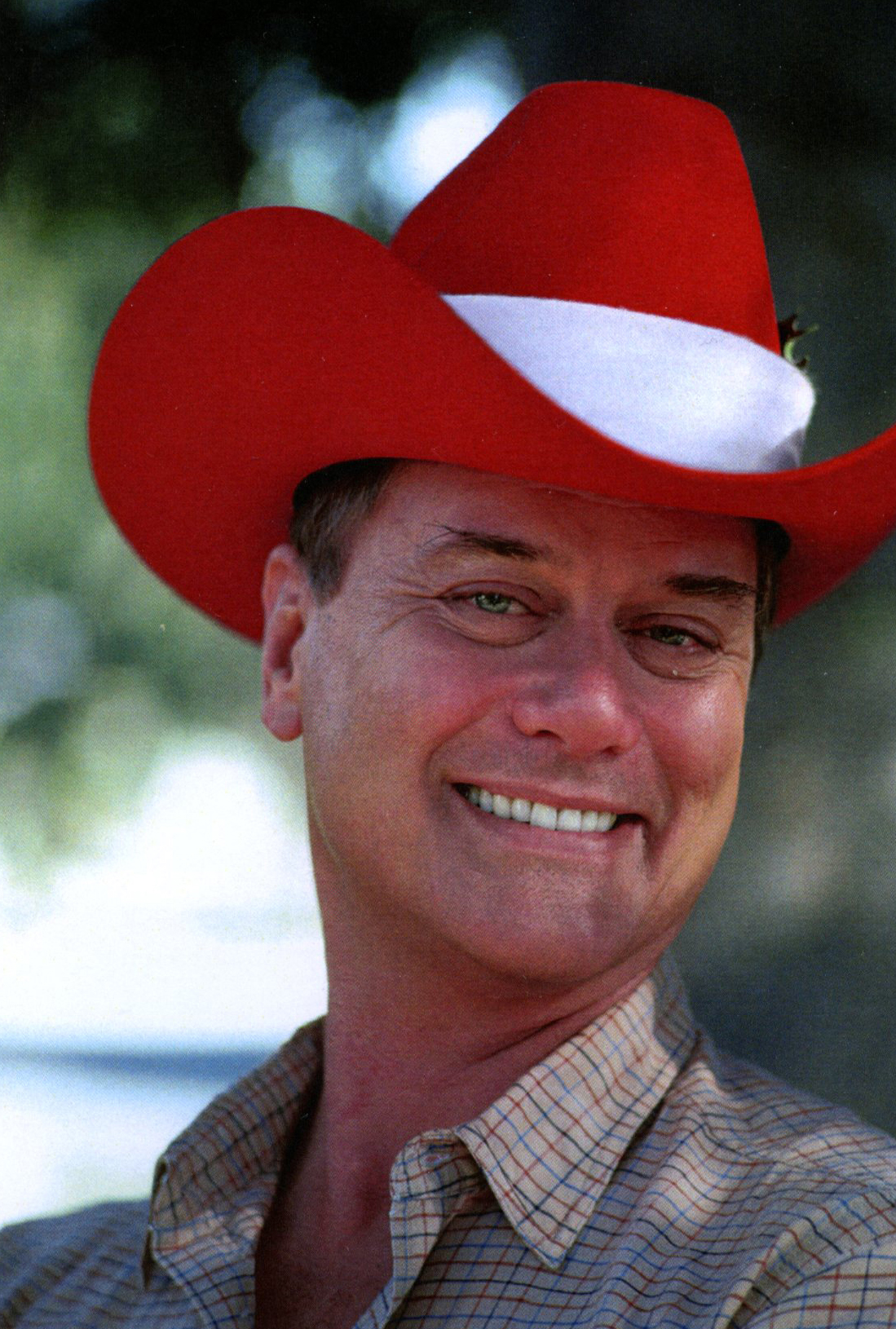


He has been partying with Björn Borg and some of the USA’s biggest stars at the world’s most legendary nightclub Studio 54, which opened on April 26, 1977. Hasse Persson was acting around in a social sphere that gave him the unique opportunity to take photos with a technology that at the time was considered avant-garde. The camera was analog, hard flash and long exposure time, open shutter at 30 seconds. He was one of the few who had free access to document the disco on 254 West 54th Street in Manhattan, New York.
Listening to Hasse Persson’s exhibitions at Södertälje konsthall was great entertainment, also considering his personal insight into the different worlds of the United States. He jokingly said that he himself was quoted in the group “Eurotrash” in the admission to the disco. The images inside in the dim light are like frozen moments, bodies in a trance, in a suggestive misty movement, like cigarette smoke. One guest more spectacularly dressed than the other. Dancing, partying people with surprisingly absent looks but with a clearly visible surface. The goal was to have a mix of people. The big celebrities of the time like Andy Warhol, Mick and Bianca Jagger, Debbie Harry, the list can be made long over those who were there. “Hasse Persson estimates that he has one million photonegatives in his possession and does not need to take any new pictures. He has a big task ahead of him – to go through all these amounts of negatives. ”
Studio 54 was one of the investigative photojournalistic assignments Hasse Persson took on alongside his job as photojournalist at the newspaper Expressen. “With the whole world as a field of work, the hometown in 1967-1990 will be New York.” With almost 50 years of experience in depicting America, he provides an insightful background to today’s United States. The second title of the exhibition, Americana, refers to the concept that takes hold of phenomena that were born in the United States and that then spread around the world. In the pictures at Södertälje konsthall you can see the poorest African Americans in the Mississippi area. Places where hardly any white man set foot. Pictures from the start of Martin Luther King’s “Poor People Campaign” from 1968. The close-up with the camera depicts the racist Ku Klux Klan. The faces under the hoods. Seemingly ordinary Americans. Also a close look at the two Republican presidential candidates Richard Nixon and Ronald Reagan. Pictures of littered beach culture. Portraits of famous Americans, like a wide smiling Dallas star – J.R. Larry Hagman in a red cowboy hat in repetitive form, or an early black and white on Bob Dylan.
Source: Archive material, texts by Kristina Möller, Anneli Karlsson.